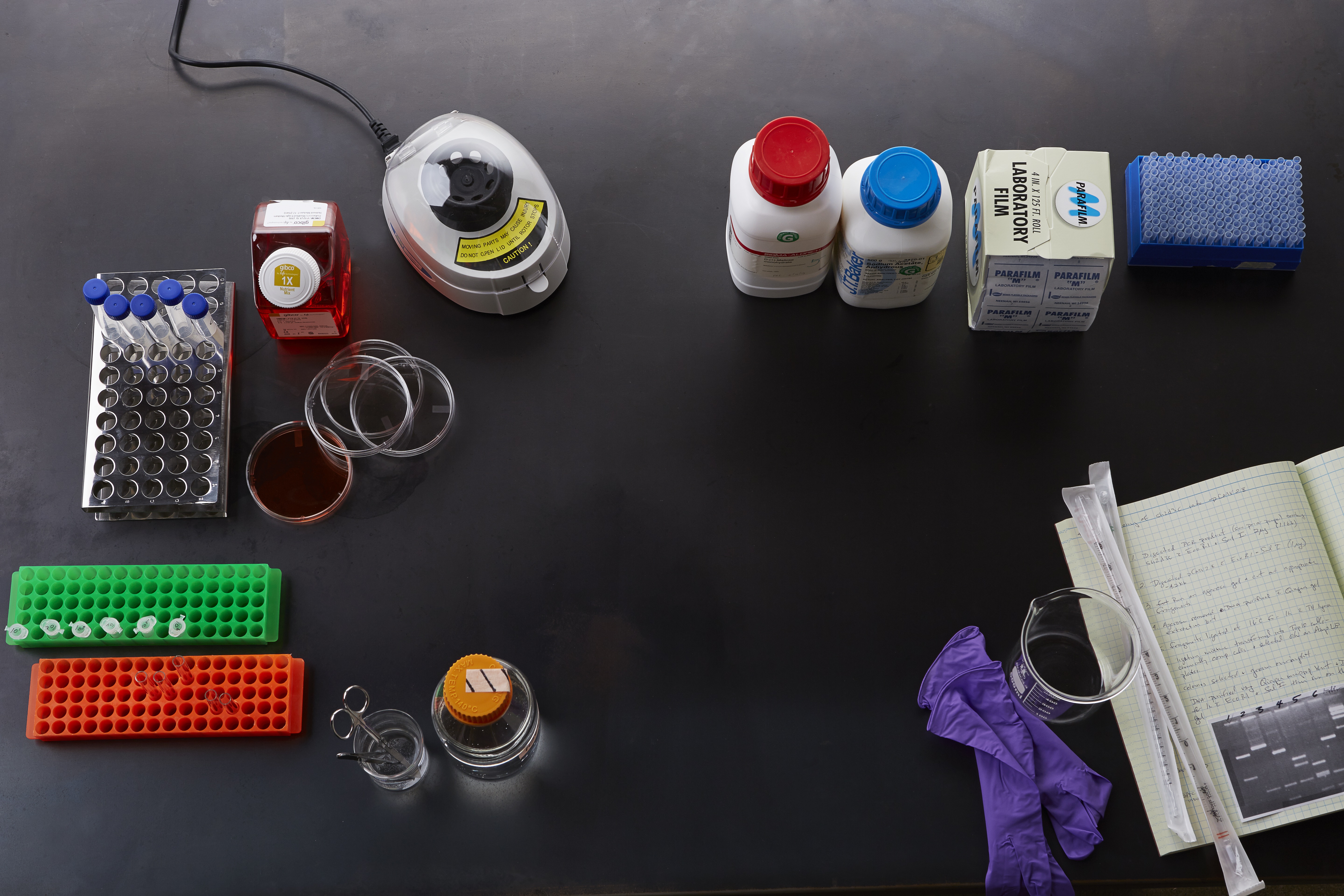 Amy Palubinsky
Amy Palubinsky
Last year I wrote a blog post on Edge for Scholars about how much I loved Quartzy and why other scientists should, too. I’d recently begun using Quartzy to organize my lab’s orders and track inventory. I was enamored with the order and efficiency Quartzy brought to my research, but it was still early. Ideal relationships must stand the test of time, so after more than a year of near-daily use, I’m here to declare that I’m still crazy about Quartzy. Here’s why.
A few weeks ago, our entire building had an internal safety review. We had a few days “heads up,” and as I watched other labs frantically scramble to find their chemical and reagent lists and get them updated in time, I sat back, logged into Quartzy, hit a button to export my file as an Excel spreadsheet, and printed out my perfectly up-to-date inventories. Done and done—in maybe 10 minutes max. Another bonus: I got some major envy from other lab managers and grad students who were trying to locate chemicals from sometime in the 1980s to either keep or remove from their lists.
While there was time spent training users and getting our previous binders upon binders of lab life transferred into the online world, the transition to Quartzy was well worth it. So how did we proceed when transitioning? And how have we made the most of the many things Quartzy has to offer?
First, we assigned each lab member a shelf in the chemical cabinet, freezer, refrigerator, cold room, etc., and basically said, “Put it in the inventory and add as much information as possible about that item in there.” This meant everything from how many of the item we had, to attaching the website or even a PDF of the MSDS to each. Grad students zoomed through their shelves and found hidden treasures—like that antibody someone ordered and thought never came, but did and just somehow ended up covered in ice on one of the shelves. As undergrads completed their assigned inventories, they encountered many of the things we use in lab, and got to start thinking about what the heck we use them for. Once everyone was done, we were able to search through the inventory for duplicates, assign them all to one home, and update accordingly. You’d be surprised how many vials of propidium iodide we found in about 20 different places. They now all reside in one common box, and everyone can easily see where that box is by just logging into Quartzy. And we won’t be placing any more unnecessary orders for propidium iodide in the foreseeable future.
Speaking of ordering, while you may not be the person doing the actual procuring for your lab, I can honestly say (as a purchaser) that this system has cut down the time I spend placing weekly orders by at least half. Yes, you read that correctly: weekly. Gone are the days of placing orders almost every day because someone has an emergency and needs something that we don’t have (or can’t be found). I also no longer have to spend hours deciphering someone’s terrible handwriting or actively searching them out when a product number is incorrect, or because I don’t know if a case really means 24 or if it’s actually 12 or 50. That’s because once it’s in Quartzy, all they have to do is hit the “Reorder” button, and the fields propagate correctly every time.
From an experimental standpoint—talk about being more streamlined. Now that our inventory is updated electronically, we can continue adding information regarding the use of each reagent as we get to it. For example, we can add the best dilution to use for a particular antibody for Western blot versus immunocytochemistry versus immunohistochemistry versus flow cytometry so that anyone who grabs it already has a starting place for their experiments. Another great thing—especially for a lab that does tissue culture and/or another technique where batches of things you use are key to success—we can track lot numbers. Those tiny notes that we used to scrawl in our individual lab notebooks that had to be tracked down and paged through are now super-accessible and user-friendly (and, of course, still in those lab notebooks if you’re in the mood for a scavenger hunt).
So, would I recommend transitioning to Quartzy? I wouldn’t be writing to follow up and trumpet my love to the world if I didn’t. And that representative I worked with for my introductory Quartzy webinar? We’re still in contact when I have a question or need some help. If only my internet service provider for home were so helpful.
Note: You can also import spreadsheets you already have in Excel to populate your Quartzy inventory. While our manual entry process took longer, we did a major clean out and now have a much better idea of what we actually have.
Quartzy is the world’s No. 1 lab management platform. We help scientists easily organize orders, manage inventory, and save money. We’re free and always will be. Visit Quartzy.com or reach out at info@quartzy.com.
Interested in writing for The Q? Send us an email!
Share this:

Amy M Palubinsky
Amy Palubinsky is a Neuroscience PhD candidate at Vanderbilt University and mom to two human children and one fur-kid. She hates mornings and therefore loves coffee.
